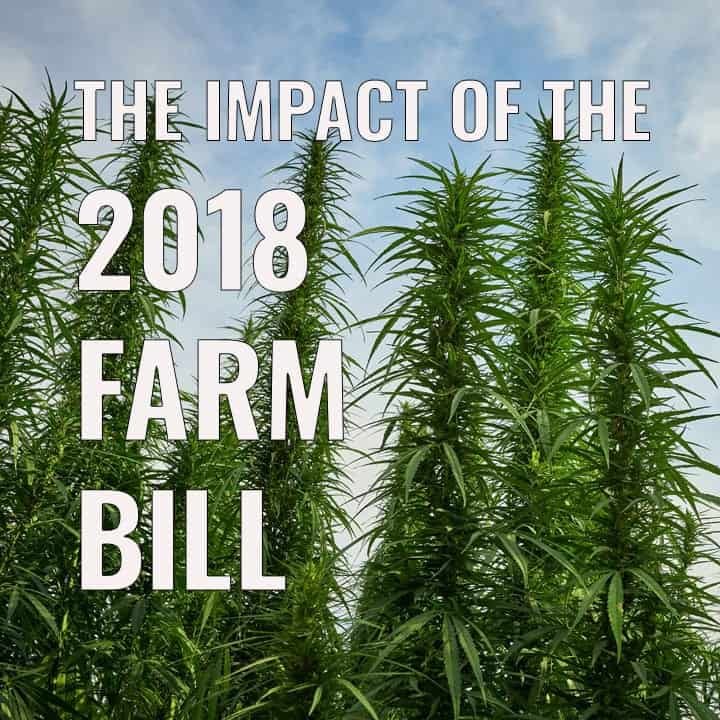The 2018 Farm Bill: Paving the Way for a THC Renaissance

All Cannabinoids Legal for Adults. The way it should be!
The 2018 Farm Bill marked a significant milestone in the journey toward the legalization and acceptance of hemp in the United States. By redefining hemp and distinguishing it from its psychoactive cousin, marijuana, the bill has opened up a world of possibilities for the hemp industry. This legislation has not only legalized all cannabinoids derived from hemp but has also set clear guidelines, primarily limiting the content of delta-9-tetrahydrocannabinol (THC) to 0.3% or less.
Understanding the Legislation
The 2018 Farm Bill, formally known as the Agriculture Improvement Act of 2018, removed hemp from the list of controlled substances. According to the bill, hemp is defined as the plant Cannabis sativa L. with a delta-9-THC concentration of not more than 0.3% on a dry weight basis. This distinction is crucial because it differentiates hemp from marijuana, which has a higher THC content and is still classified as a controlled substance under federal law.
Cannabinoids and Their Legal Status
The Farm Bill’s passage has effectively legalized all cannabinoids derived from hemp, provided they adhere to the 0.3% THC threshold. This includes cannabidiol (CBD), cannabigerol (CBG), and even tetrahydrocannabinolic acid (THCa).
The Journey from THCa to THC
To understand the nuances of hemp legalization, it’s important to delve into the biochemistry of the plant. Hemp naturally produces cannabinoids in their acidic forms, such as THCa. THCa is the precursor to THC, the compound responsible for the psychoactive effects associated with marijuana. However, THCa itself is non-psychoactive.
The transformation from THCa to THC occurs through a process called decarboxylation, which typically involves heat. When THCa is exposed to heat—whether through smoking, vaping, or baking—the carboxyl group is removed, converting THCa into THC. This chemical reaction is what enables the psychoactive effects when consuming marijuana.
High-THCa Hemp Products: A Legal Loophole?
With the legalization of hemp and its cannabinoids, the industry has witnessed a surge in the production of high-THCa products. These products remain within the legal bounds set by the 2018 Farm Bill as long as the THCa content remains non-decarboxylated, thus ensuring that the delta-9-THC concentration stays below the 0.3% threshold.
Consumers can legally purchase and possess high-THCa hemp products, which can offer therapeutic benefits without the psychoactive effects. However, if these products are heated, the THCa converts to THC, potentially pushing the THC content above the legal limit.
Navigating the New Landscape
The 2018 Farm Bill has undoubtedly been a game-changer for the hemp industry, providing clarity and a legal framework for the cultivation, processing, and sale of hemp and its derivatives. However, it also places the onus on consumers and producers to understand the intricacies of cannabinoid content and the legal implications of their use.
As the hemp industry continues to evolve, it’s essential to stay informed about regulatory changes and advancements in cannabinoid research. The legalization of hemp has paved the way for innovation and growth, but it also requires a responsible approach to ensure compliance with the law and the safety of consumers.
Conclusion
The 2018 Farm Bill has unlocked vast opportunities for the hemp industry, legalizing a spectrum of cannabinoids while setting limits on THC content. By understanding the natural production of THCa and its potential conversion to THC, both producers and consumers can navigate this burgeoning market with confidence. As we embrace the benefits of hemp and its derivatives, it’s crucial to remain vigilant and informed, ensuring that we continue to reap the rewards of this remarkable plant within the legal framework established by the Farm Bill.
Stay tuned to our blog for more updates on hemp legislation, industry trends, and the latest research in cannabinoid science.
